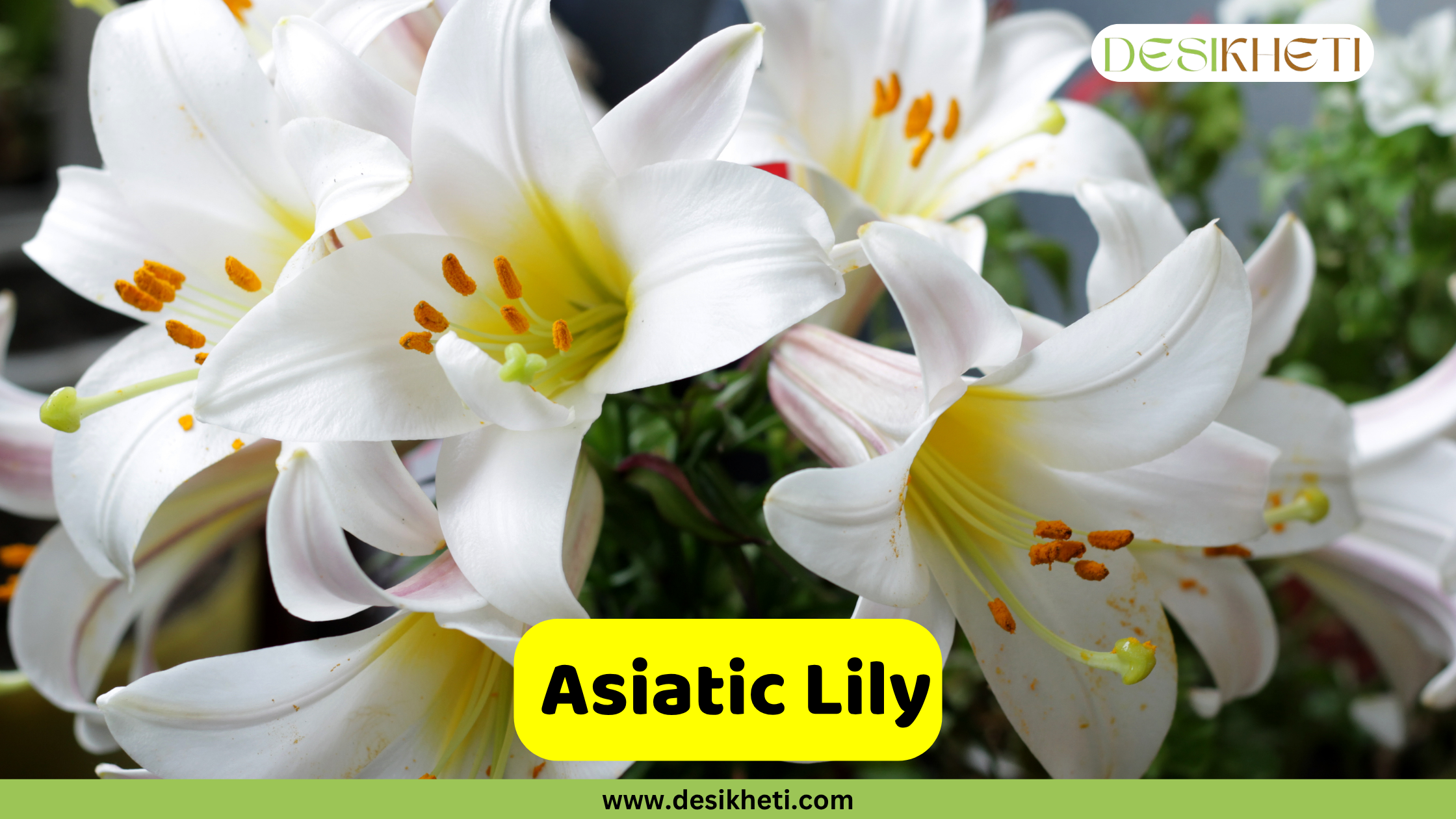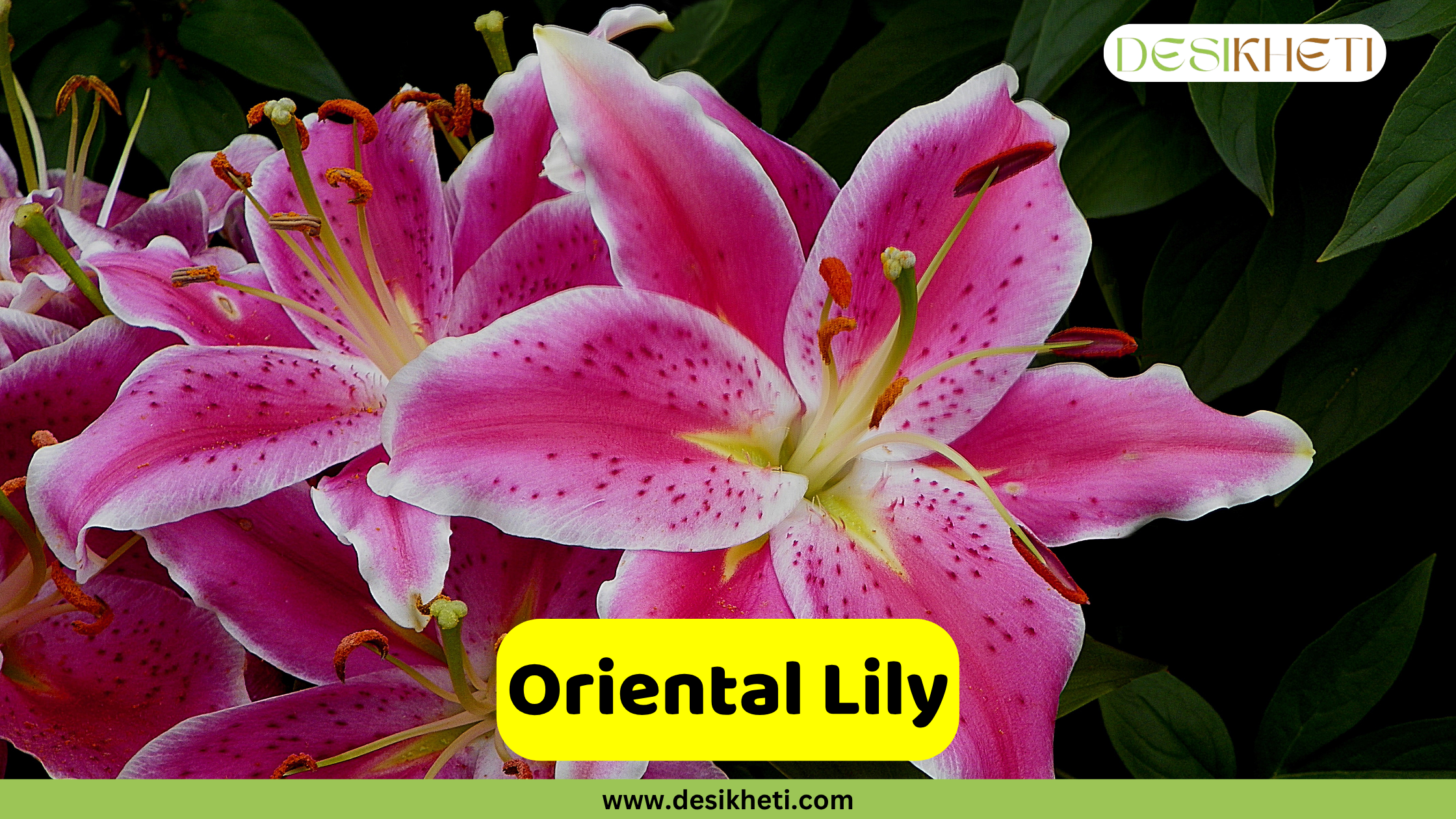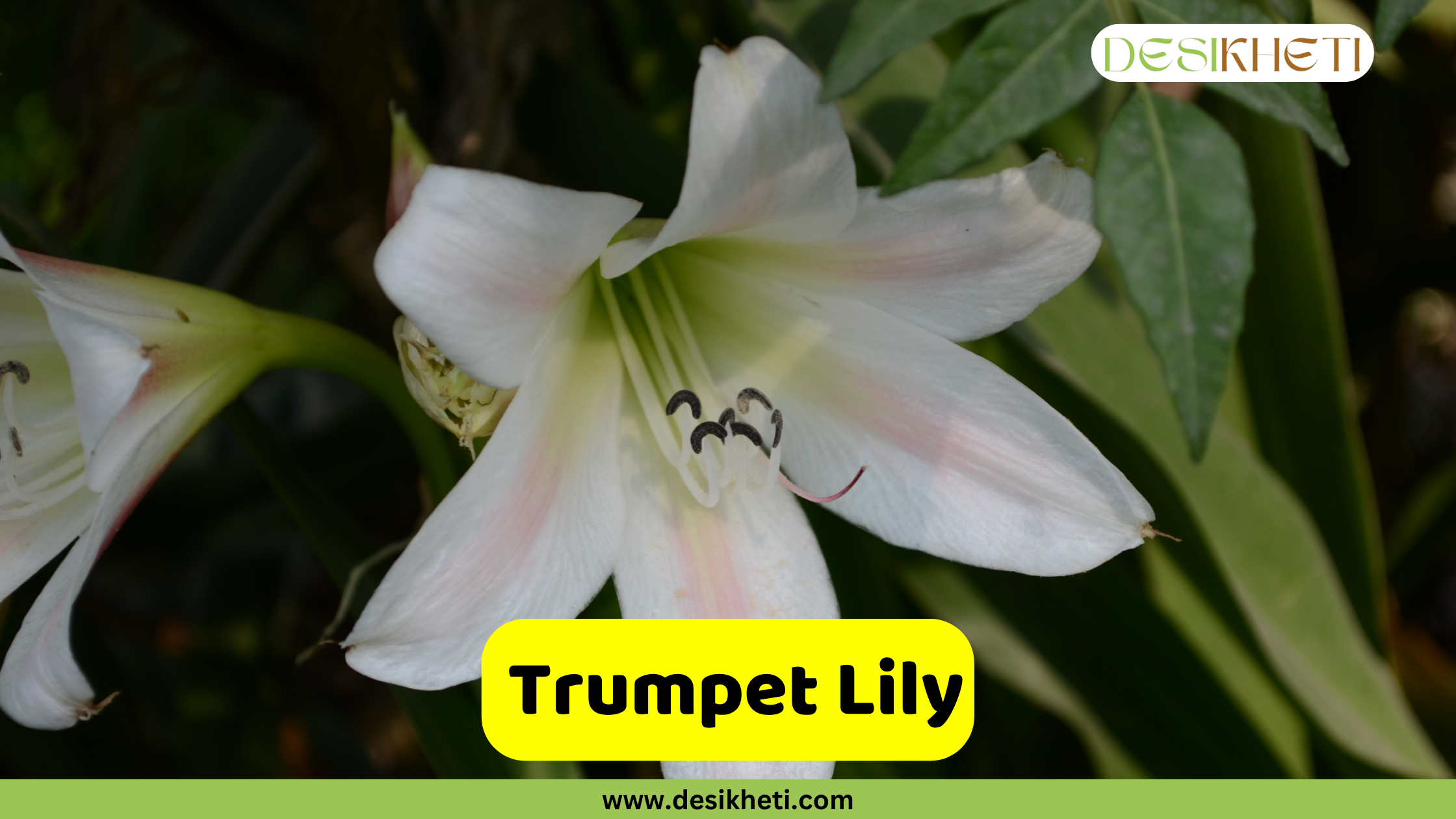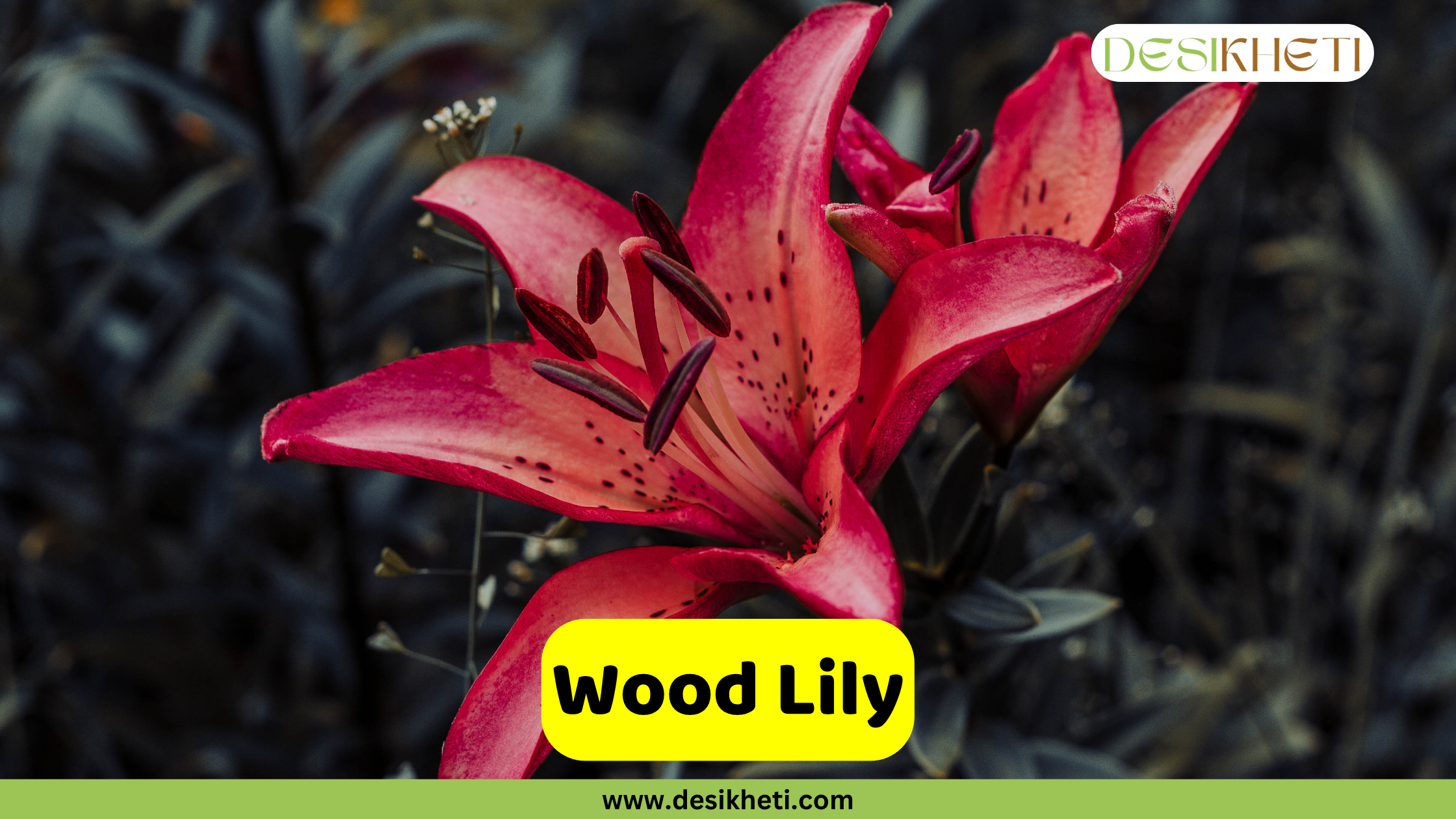Table of Contents
Introduction
Lilies are among the most captivating flowers grown in Indian gardens, balconies, and hillsides. With their large, trumpet-shaped blooms, sweet fragrances, and incredible color range, lilies symbolize purity, renewal, and elegance.
Available in a spectacular array of colors—ranging from vibrant reds and oranges to soft pastels and pure whites—lilies are a standout feature in home gardens, balcony planters, temple courtyards, and hillside landscapes.
From the lowland plains of Karnataka to the cool altitudes of Himachal and Sikkim, different types of lilies flourish across India’s varied climates. Whether you’re an experienced gardener or a beginner looking to add a touch of elegance to your space, lilies offer an ideal combination of beauty, fragrance, and relatively easy care.
This guide covers 14 popular lily varieties grown in India, each with its unique charm, bloom style, and growing preferences.
Top 14 Popular Lily Varieties in India
Asiatic Lily

Botanical Name: Lilium asiaticum
Asiatic lilies are known for their upright-facing, star-shaped flowers that come in vivid shades like orange, red, yellow, pink, and white. These lilies have little to no fragrance and grow about 2–4 feet tall. They are derived from species native to Asia.
Asiatic lilies are early bloomers among lilies, often flowering before other types like Oriental lilies. They bloom in late spring to early summer (April–June).
Asiatic lilies thrive in cool temperate regions such as Himachal Pradesh, Uttarakhand, Sikkim, and parts of Jammu & Kashmir. They can also be successfully cultivated in elevated gardens in Southern India with proper climate management.
Uses and Benefits:
- Excellent for cut flower arrangements
- Low maintenance and perfect for beginners
- Great for borders, containers, and mass planting
Oriental Lily

Botanical Name: Lilium orientalis
Oriental lilies are highly fragrant, making them a favorite in floral arrangements. They are also known for their long vase life, often lasting up to 7 to 10 days when cut.
Oriental lilies feature large, outward-facing flowers, typically 6–8 inches in diameter, with a strong, sweet fragrance. Flowers come in shades of white, pink, red, and bicolor, often with freckles or speckles. Plants grow 3–5 feet tall and bloom in late summer to early autumn (July–August).
These lilies thrive in cool temperate climates, making them suitable for regions like Darjeeling, Sikkim, Himachal Pradesh, and parts of Uttarakhand. They prefer well-drained, slightly acidic soils and benefit from partial shade to protect them from the intense midday sun.
Uses and Benefits:
- Popular in bouquets due to their strong scent and long shelf life
- Adds elegance to garden beds
- Considered a symbol of luxury and elegance in various cultures
Tiger Lily

Botanical Name: Lilium lancifolium
Tiger Lilies have bright orange, downward-facing flowers with black spots and recurved petals. Native to East Asia, especially China and Japan. These lilies bloom in mid to late summer (July–August). The plants can reach heights of 3 to 6 feet.
Tiger lilies thrive in temperate to subtropical climates. In India, they are best suited for regions like Himachal Pradesh, Uttarakhand, Sikkim, and parts of Jammu & Kashmir.
Uses and Benefits:
- Striking in landscape gardening
- In Japanese flower symbolism, Tiger Lilies are associated with wealth and pride.
Trumpet Lily

Botanical Name: Lilium longiflorum
Trumpet lilies bear large, trumpet-shaped, outward-facing flowers in white and pastel hues, exuding a strong, sweet fragrance. They are also called Easter lilies. These highly fragrant lilies grow 3–5 feet tall and bloom during June to July.
They originate from Taiwan and the Ryukyu Islands. Trumpet lilies thrive in cool temperate climates. In India, they are best suited for regions such as Himachal Pradesh, Uttarakhand, and Sikkim, where the climate aligns with their native habitat. They can also be cultivated in elevated areas of Southern India with appropriate care. In India, trumpet lilies typically bloom from June to August.
Uses and Benefits:
- Excellent cut flower with long vase life
- Symbolic of purity and renewal in Christian traditions.
- These lilies are widely used to decorate churches and homes during the Easter season.
Yellow Water Lily

Botanical Name: Nymphaea mexicana
This aquatic lily has bright yellow, waxy flowers 2 to 4 inches wide and large floating leaves. This lily is native to Mexico and the southern United States. It is also known as the Mexican or Banana Water Lily. Ideal for ponds, lakes, and water gardens in moderate to warm climates. This lily blooms from June to September.
Uses and Benefits:
- Beautifies water bodies and ponds
- Filters water and controls algae growth
- Provides shelter for aquatic life
Canada Lily

Botanical Name: Lilium canadense
The Canada Lily displays elegant, trumpet-shaped flowers in yellow to orange shades with red spots. It is native to eastern North America. This lily grows 3–5 feet tall and blooms in July–August.
Canada Lily is also known as wild yellow lily or meadow lily.
Uses and Benefits:
- Great for naturalistic and wild gardens
- Tolerant to cold climates
- Adds exotic charm to hilly landscapes
Wood Lily

Botanical Name: Lilium philadelphicum
This upright lily has orange-red blooms with dark spots. It grows 1–3 feet tall and features a glassy stem and lance-shaped leaves. Native to North America. Blooms from June to August.
Uses and Benefits:
- Attracts pollinators like bees and butterflies
- Tolerates partial shade and dry conditions
- Ideal for naturalized and woodland gardens
Turk’s Cap Lily

Botanical Name: Lilium superbum
This tall lily features downward-curving, recurved orange petals with maroon spots. Native to the eastern USA, it can reach 4–6 feet and blooms in mid to late summer (July–August).
Uses and Benefits:
- Adds vertical height to flower beds
- Pollinator-friendly
Madonna Lily

Botanical Name: Lilium candidum
It is one of the oldest cultivated lilies. It bears pure white, fragrant, trumpet-shaped flowers with flat petals. The Madonna Lily is native to the Balkans and the Middle East. It grows 3–4 feet tall and blooms in late spring to early summer (May–June). The Madonna Lily is also known as White Lily, Annunciation Lily, St. Anthony’s Lily, and French Lily.
Uses and Benefits:
- Sacred in Christian and Greek traditions
- Used in perfumes and skin ointments
- Known for its timeless elegance in gardens
Regal Lily

Botanical Name: Lilium regale
Regal lilies are renowned for their large, trumpet-shaped flowers measuring approximately 6–8 inches (15–20 cm) in length. The flower has white petals and golden throats. It emits a sweet fragrance, and the plant reaches 4 to 6 feet. Native to China’s Sichuan province, the Regal Lily blooms from June to August.
Also known as Royal Lily, King’s Lily, or Christmas Lily.
Uses and Benefits:
- Iconic in English cottage gardens
- Great cut flower with long vase life
- Easy to grow in containers or borders
- Regal lilies are celebrated for their intense, sweet fragrance.
Leopard Lily

Botanical Name: Lilium pardalinum
Leopard Lily is native to western North America. It is a tall, striking species, with plants typically reaching 6 to 8 feet tall. Its distinctive Turk’s-cap flowers are red‑orange to orange, dotted with numerous brown spots resembling those of a leopard. This lily generally blooms in July and August. Leopard Lily (Lilium pardalinum) is also known as Panther Lily or California Tiger Lily.
Uses and Benefits:
- Attracts pollinators such as butterflies, bees, and hummingbirds
- Spreads via rhizomatous bulbs, establishing attractive colonies over time
- It is a hardy crop and easy to grow once established
Henry’s Lily

Botanical Name: Lilium henryi
This lily is native to the mountainous regions of central China.
Henry’s Lily is a tall species, growing up to 5 to 8 feet tall, with long stems adorned by clusters of downward-facing flowers. The flowers are bright orange in color, speckled with dark maroon spots, and feature reflexed petals and distinctive “papillae” or whiskers. Plants typically bloom in mid to late summer, often from July to August, and may continue into early autumn.
Uses and Benefits:
- Holds the prestigious RHS Award of Garden Merit, celebrated for its sturdiness and ornamental quality.
- Attracts pollinators such as bees and butterflies.
Davidii Lily

Botanical Name: Lilium davidii
Davidii Lily is an upright-growing lily. This lily is native to western China. It features orange to reddish-orange, outward-facing flowers with delicate maroon spots and slightly recurved petals. Each plant can grow 3 to 5 feet tall and produces multiple blooms per stem.
The leaves are narrow and arranged in whorls, giving the plant a neat and vertical appearance. Blooming typically occurs in mid to late summer, around July to August.
Uses and Benefits:
- Ideal for borders and wildflower gardens
- Hardy and tolerant to cold climates
- Attracts pollinators like butterflies and bees
Scheherazade Lily

Botanical Name: Lilium ‘Scheherazade’
Scheherazade Lily is a hybrid resulting from a cross between Oriental and Trumpet lilies. This lily is known for its large, outward-facing, recurved blooms that span 6–8 inches across. The flowers are deep crimson or mahogany with golden to creamy-yellow edges and a glowing greenish-yellow throat.
Plants grow impressively tall up to 7 feet under ideal conditions with multiple blooms per stem. Blooming occurs in mid to late summer, typically from July to August.
Uses and Benefits:
- Lightly fragrant and excellent for large floral arrangements
- Celebrated for its hardiness and disease resistance
Tips for Growing and Caring for Lily Plants in India
Growing lilies successfully in Indian conditions involves a few key practices tailored to local climate and soil types:
1. Choose the Right Location
- Sunlight: Most lilies prefer 6–8 hours of direct sunlight, especially Asiatic, Oriental, and Trumpet types.
- Cooler Regions: For lilies like Easter, OT Hybrids, and Canada Lily, pick semi-shaded or cooler spots.
2. Well-Drained, Slightly Acidic Soil
- Use a soil mix with loam, compost, and sand for drainage.
- Avoid water-logging, as bulbs can rot easily.
3. Watering Needs
- Keep the soil evenly moist during growing and blooming seasons.
- Reduce watering in dormancy or monsoon-prone areas to prevent fungal issues.
4. Fertilization
- Apply a balanced fertilizer every 4–6 weeks during active growth.
- Stop feeding once flowering ends.
5. Pruning & Maintenance
- Deadhead spent flowers to encourage reblooming.
- Allow foliage to die back naturally after blooming to feed the bulb for next season.
6. Seasonal Care
- In colder regions, mulch over bulbs in winter.
- In warm/humid zones, use pots or raised beds and shelter during intense heat.
7. Propagation
- Propagate via bulb division, bulbils, or scaling depending on the species.
Other Popular Lily Varieties
Martagon Lily
Stargazer Lily
Casa Blanca Lily
Acapulco Lily
Japanese Lily
African Queen Lily
Pretty Woman Lily
Fire Lily
Goldband Lily
Pumilum Lily
Lady Alice Lily
Black Beauty Lily
Pink Perfection Lily
Golden Splendor Lily
Silk Road Lily
Lilies are more than just pretty flowers; they are a blend of timeless beauty, symbolic richness, and horticultural delight. Whether you prefer the bold hues of Asiatic lilies, the elegance of Easter lilies, or the exotic fragrance of OT hybrids, these blooms offer a spectacular display across Indian gardens and homes.
With the right care, lilies reward you with years of stunning blooms, attracting pollinators and admiration alike. Their adaptability to pots, balconies, and varied climates makes them ideal even for urban growers.
So go ahead, bring home a lily or two, and let their blooms inspire peace, grace, and natural charm in your green space.
Also Have you tried growing any of these stunning lilies at home? Or do you have a favorite from our list that you’d love to add to your garden next season?
Tell us in the comments below—your experience could inspire fellow plant lovers too!
FAQs on Lily Flowers
1. What are the facts about Asiatic flowers?
A. Asiatic lilies are early-blooming, hardy hybrid lilies known for their vibrant colours and upward-facing blooms. They come in shades like orange, red, yellow, pink, and white but usually have little to no fragrance.
2. Does Asiatic lily need full sun?
A. Yes, Asiatic lilies thrive best in full sun, needing at least 6 hours of direct sunlight daily. However, they can also tolerate partial shade.
3. What is the lifespan of an Asiatic lily?
A. Each bloom lasts around 1–2 weeks, while the plant itself can live for several years with proper care, often blooming annually in late spring or early summer.
4. What are the benefits of Oriental lilies?
A. Oriental lilies are prized for their strong fragrance, large blooms, and long vase life. They’re popular in floral arrangements and symbolic in various cultures for purity and elegance.
5. What is special about the tiger lily?
A. Tiger lilies (Lilium lancifolium) are known for their striking orange petals with dark spots. They’re tough, disease-resistant, and multiply quickly through bulbils along the stem.
6. How many petals does a tiger lily have?
A. A typical tiger lily flower has six petals, which are reflexed backward and covered in dark spots.
7. What are the other names of trumpet lilies?
A. Trumpet lilies are also known as Aurelian lilies. They are famous for their large, trumpet-shaped blooms and rich fragrance.
8. What are other names of yellow water lilies?
A. Yellow water lilies may be referred to as Nuphar lutea or Spatterdock. In India, they’re sometimes called Peela Kamal.
9. Are water lilies self-pollinating?
A. Some species of water lilies are self-pollinating, while others rely on insects like beetles for cross-pollination.
10. What is the benefit of Madonna Lily?
A. Madonna Lily (Lilium candidum) is known for its medicinal uses, pleasant fragrance, and symbolism of purity. Its extracts have been used in traditional remedies for skin and respiratory issues.
11. Do lily flowers close at night?
A. Some lilies, especially water lilies, close at night and reopen in the morning. However, most true lilies like Asiatic or Oriental lilies remain open.
12. What is special about lily flowers?
A. Lily flowers are special for their symbolism (purity, beauty, renewal), diverse colours, and soothing fragrance. They are widely used in gardens, religious events, and floristry.
13. What is the lily flower famous for?
A. The lily flower is famous for its elegant beauty, cultural symbolism, and use in festivals, weddings, and religious ceremonies. It’s also a popular cut flower.
14. Why is the lily flower important?
A. Lilies hold importance across many cultures for symbolizing purity, rebirth, and devotion. In horticulture, they are prized for their beauty and fragrance.
15. How long do lily petals last?
A. Individual lily blooms typically last 5 to 10 days, depending on the variety and growing conditions. Cut lilies in vases may stay fresh for up to 2 weeks.
